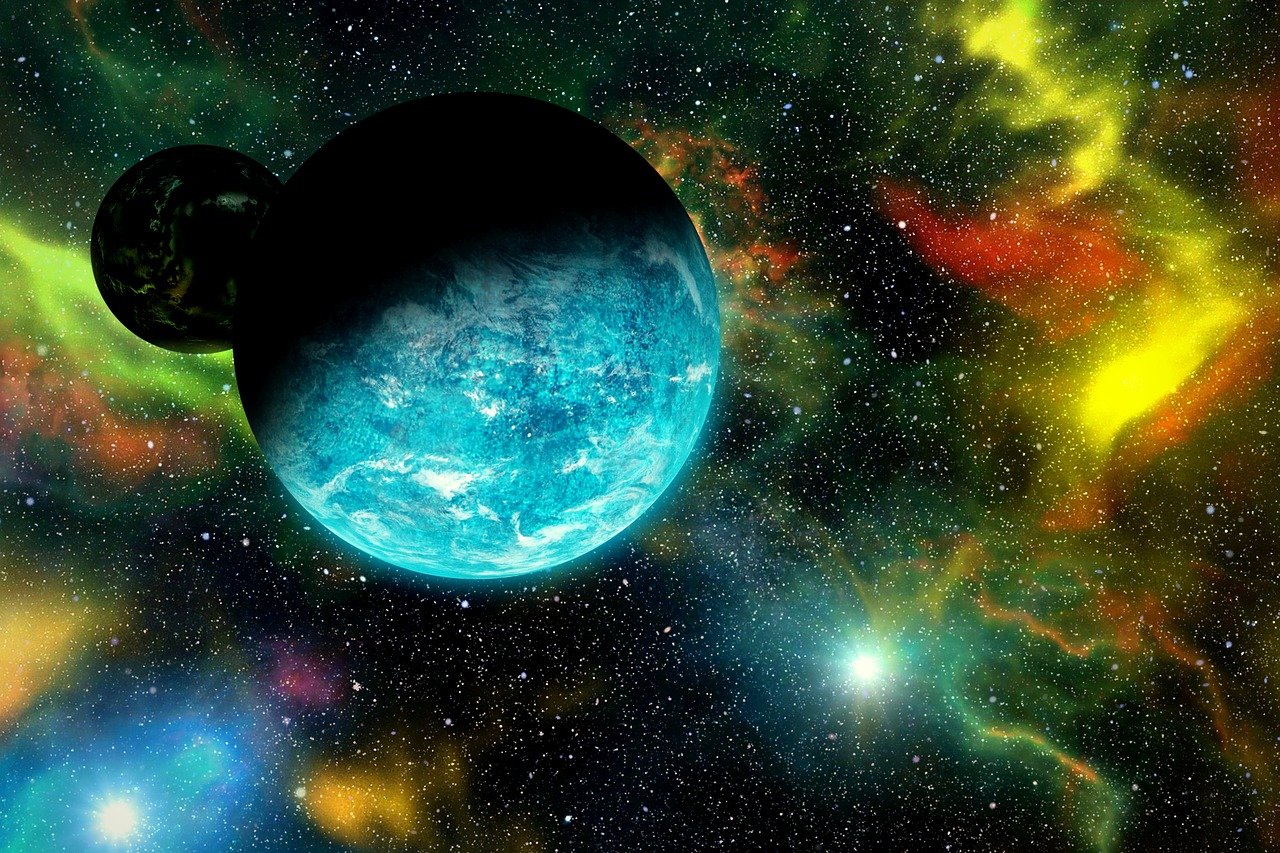Scientists have uncovered a novel chemical reaction that produces oxygen in carbon dioxide-rich atmospheres, potentially refining the search for life on exoplanets.
Key Points at a Glance
- Discovery: A new reaction pathway has been identified where helium ions react with carbon dioxide to produce oxygen.
- Implications for Exoplanet Research: This abiotic oxygen formation challenges the assumption that atmospheric oxygen is a definitive biosignature.
- Mars’s Atmosphere: The reaction is likely occurring in Mars’s upper atmosphere, providing insights into its chemical processes.
The search for extraterrestrial life often focuses on detecting oxygen in the atmospheres of distant planets, as it is traditionally considered a strong indicator of biological activity. However, recent research has identified a new chemical reaction that produces oxygen abiotically, suggesting that the presence of oxygen alone may not be sufficient evidence of life.
Researchers from the University of Science and Technology of China have discovered that helium ions (He⁺) can react with carbon dioxide (CO₂) to produce molecular oxygen (O₂). This reaction occurs when alpha particles from solar wind interact with atmospheric molecules, creating helium ions that subsequently react with CO₂. Given the abundance of CO₂ and the influx of solar wind, this process is particularly relevant in the upper atmosphere of Mars.
This finding has significant implications for the search for life on exoplanets. Traditionally, the detection of oxygen in a planet’s atmosphere has been considered a potential biosignature, indicative of photosynthetic organisms. However, the newly discovered abiotic pathway for oxygen formation means that oxygen could be present without any biological processes. Therefore, relying solely on oxygen detection may lead to false positives in the search for extraterrestrial life.
The study also enhances our understanding of Martian atmospheric chemistry. The reaction between helium ions and carbon dioxide could contribute to the trace amounts of oxygen detected in Mars’s atmosphere, offering insights into the planet’s chemical processes and its interaction with solar radiation.
In light of this discovery, scientists may need to adopt a more nuanced approach when searching for life beyond Earth. Instead of focusing solely on oxygen, a combination of atmospheric gases and other environmental factors should be considered to distinguish between biological and abiotic sources. This comprehensive analysis will improve the accuracy of identifying planets that may harbor life.
As research continues, the scientific community is reminded of the complexity of planetary atmospheres and the need for careful interpretation of potential biosignatures. The discovery of this new oxygen formation pathway underscores the importance of considering multiple factors when evaluating the habitability of distant worlds.
